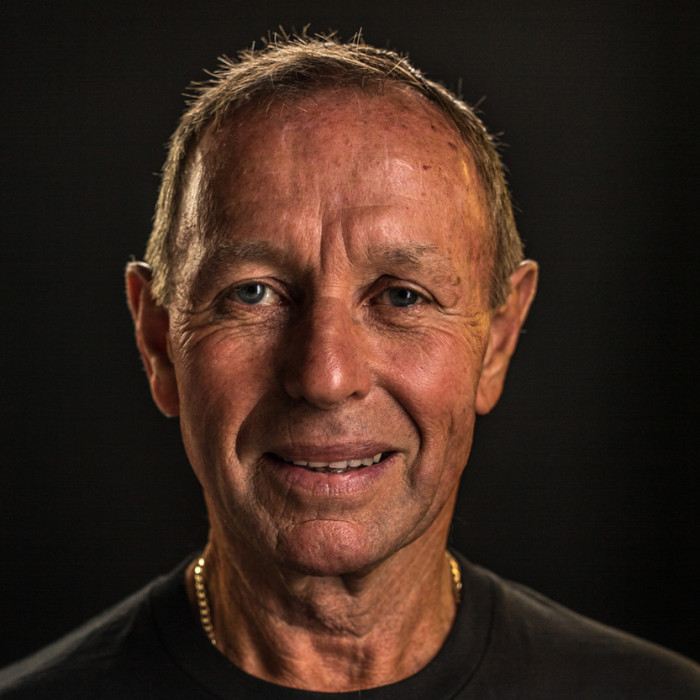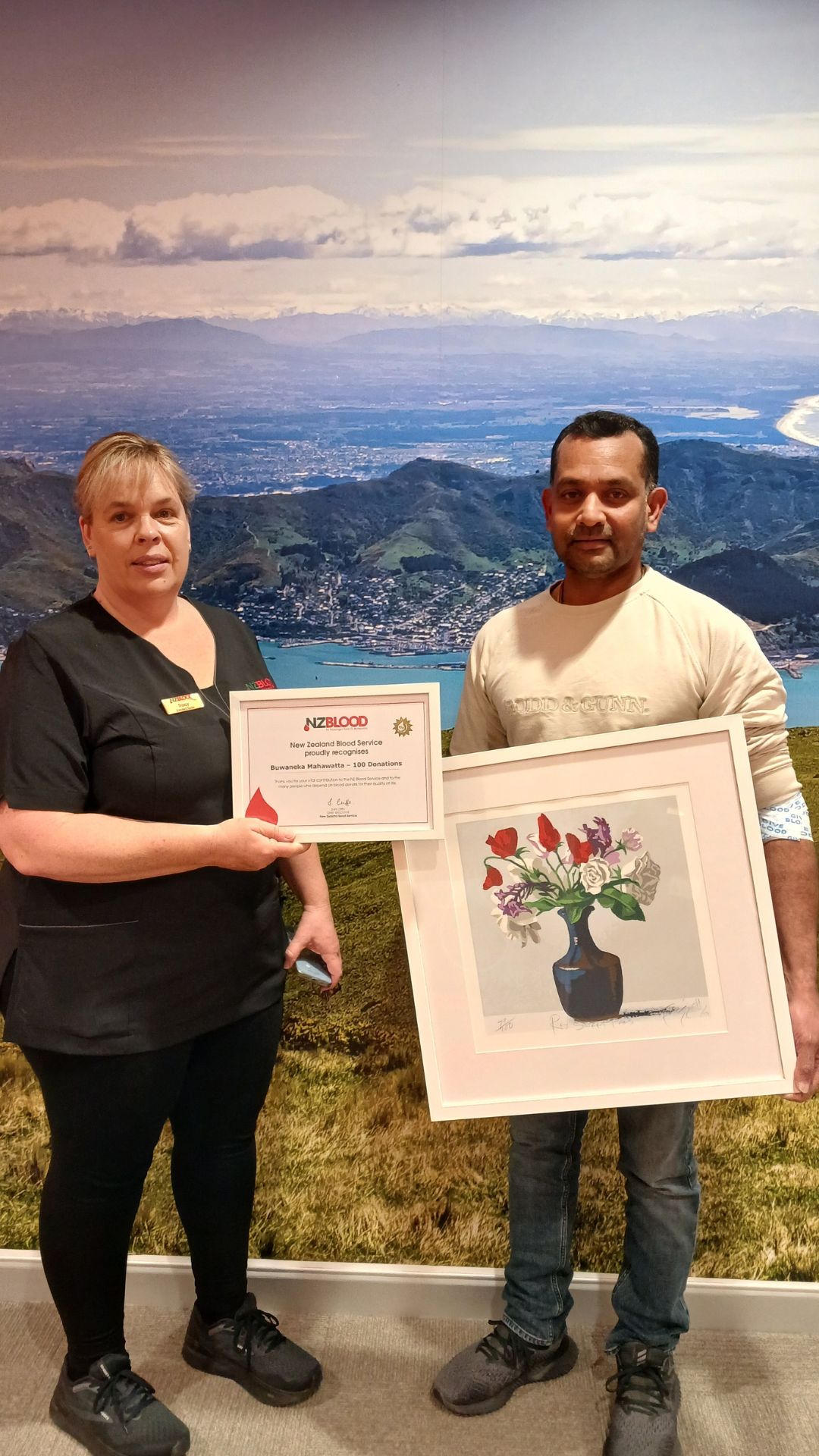Amazing Story
Bob's Story

It’s the Robin to Batman, Gromit to Wallace, Milhouse to Bart, or Goose to Maverick. One would not be whole without the other. Plasma may be our red blood cell’s lesser talked about side kick, but it is just as essential and an important part of our blood.
Plasma – the liquid part of your blood in which red and white blood cells and platelets are suspended, maintains blood pressure, carries nutrients, hormones, wastes and small amounts of oxygen and carbon dioxide, as well as proteins for blood clotting and immunity
It is used to help treat people with haemophilia or von Willebrand disease, and to boost the immune systems of people who do not make enough antibodies of their own to protect against infections. Plasma-derived products are often used to treat burn victims and people who have lost a lot of blood. They are also sometimes used to treat kidney patients and chemotherapy patients.
The long list of uses for Plasma means it’s crucial that stocks are always maintained, as a time of need can strike someone at any time.
Robert (Bob) Dawson has donated plasma 464 times, and counting. He’s been donating for more than half his life – an average of 14 times per year. Humbling to say the least. But don’t expect anything other than humility from Bob. He’s a former military man doing his civic duty. That’s why he donates; it is the simple act of helping his fellow Kiwis.
How has Bob been able to donate so many times? Well for one, donating plasma can be done more frequently. The red blood cells are returned to the donor and so he does not have to wait 84 days to make up his red cells and iron level. Plasma is replaced much faster and he can donate up to once every fortnight. Secondly, he’s being doing it for so long that it’s part of his routine. He usually goes in on a Friday and enjoys catching up with the staff he knows so well.
Donating plasma is a little different to donating regular whole blood. It is done by apheresis (pronounced ay-fur-ee-sis), meaning ‘to separate’. Whole blood is taken through a needle in one arm (the same as whole blood donations), but only the plasma is collected and the rest is returned to the donor through the same needle.
Bob says it’s changed a bit since he first started. The machines are better, but the nurses have always been extremely well trained and donating takes a mere 60-90 minutes out of his day.
He recalls one occasion, when New Zealand Blood Service called. A young baby (anonymous to him) urgently needed plasma and his blood was a match. No problem – Bob made a quick trip to donate. Bob may be a humble guy, but in our opinion he’s an everyday hero.
He looks forward to celebrating his 500th donation.
Plasma – the liquid part of your blood in which red and white blood cells and platelets are suspended, maintains blood pressure, carries nutrients, hormones, wastes and small amounts of oxygen and carbon dioxide, as well as proteins for blood clotting and immunity
It is used to help treat people with haemophilia or von Willebrand disease, and to boost the immune systems of people who do not make enough antibodies of their own to protect against infections. Plasma-derived products are often used to treat burn victims and people who have lost a lot of blood. They are also sometimes used to treat kidney patients and chemotherapy patients.
The long list of uses for Plasma means it’s crucial that stocks are always maintained, as a time of need can strike someone at any time.
Robert (Bob) Dawson has donated plasma 464 times, and counting. He’s been donating for more than half his life – an average of 14 times per year. Humbling to say the least. But don’t expect anything other than humility from Bob. He’s a former military man doing his civic duty. That’s why he donates; it is the simple act of helping his fellow Kiwis.
How has Bob been able to donate so many times? Well for one, donating plasma can be done more frequently. The red blood cells are returned to the donor and so he does not have to wait 84 days to make up his red cells and iron level. Plasma is replaced much faster and he can donate up to once every fortnight. Secondly, he’s being doing it for so long that it’s part of his routine. He usually goes in on a Friday and enjoys catching up with the staff he knows so well.
Donating plasma is a little different to donating regular whole blood. It is done by apheresis (pronounced ay-fur-ee-sis), meaning ‘to separate’. Whole blood is taken through a needle in one arm (the same as whole blood donations), but only the plasma is collected and the rest is returned to the donor through the same needle.
Bob says it’s changed a bit since he first started. The machines are better, but the nurses have always been extremely well trained and donating takes a mere 60-90 minutes out of his day.
He recalls one occasion, when New Zealand Blood Service called. A young baby (anonymous to him) urgently needed plasma and his blood was a match. No problem – Bob made a quick trip to donate. Bob may be a humble guy, but in our opinion he’s an everyday hero.
He looks forward to celebrating his 500th donation.
Submitted: 2015-04-17



